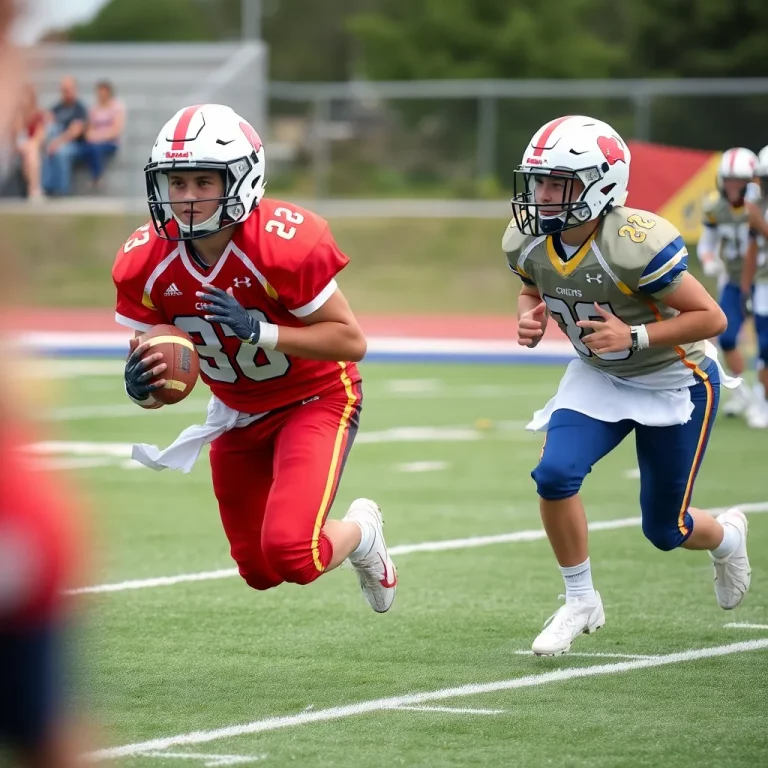Challenges for High-School Football Players Seeking Scholarships
In recent years, the road to college football scholarships has become increasingly difficult for high-school players. A combination of factors has created a tough environment, starting with the extra year of eligibility granted to college athletes during the pandemic and the emergence of the transfer portal, which have both reduced available spots at universities.
Currently, when a player begins at a junior college, their eligibility clock with the NCAA starts right away, regardless of whether they later transfer to a four-year college. However, a lawsuit filed by Vanderbilt quarterback Diego Pavia might change that. Pavia argues that his time at a junior college should not count against his NCAA eligibility due to the lack of Name, Image, and Likeness (NIL) opportunities there. A federal judge has already granted him a preliminary injunction, giving him an additional year of eligibility.
The NCAA responded by providing an extra year of eligibility for all players whose time had expired but had at least one season at a junior college. This raises questions about how such changes could affect recruiting. Some believe that college coaches may begin to favor junior college players, especially those who have had a couple of years to develop their skills against tougher competition, over fresh high-school talent.
Coaches like Darren McKay from Curtis High School express concerns, saying, “College coaches don’t have the time to develop players; they need to win now.” Similarly, Monte Kohler, who holds a state record for career wins, pointed out that last year’s transfer portal situations are already putting high-school kids at a disadvantage.
Several junior college coaches see potential benefits if the rule changes become reality. Robby Snelling, a coach at Butte College, noted that junior college could turn into an attractive option for high-school players seeking a “prep system” to prepare for NCAA competition.
On the other hand, some recruiting experts, like Brandon Huffman from 247Sports, don’t think the situation will drastically change high-school recruiting. He argues that colleges will still target high school talent, especially as there are various programs dedicated to developing young players, despite the allure of the transfer portal.
Whether junior college years will count against eligibility remains to be seen, but many agree that high-school players are already facing an uphill battle. The shift in focus on the transfer portal means that opportunities for high-school athletes are dwindling, especially for those not linked to top-tier programs.
As it stands, many high-school players, like Kolton Matson, who excelled on the field, struggle to attract offers from four-year colleges. The shifting landscape suggests that high-school recruitment is changing, leaving many promising athletes hoping for greater opportunities to shine in the future.



